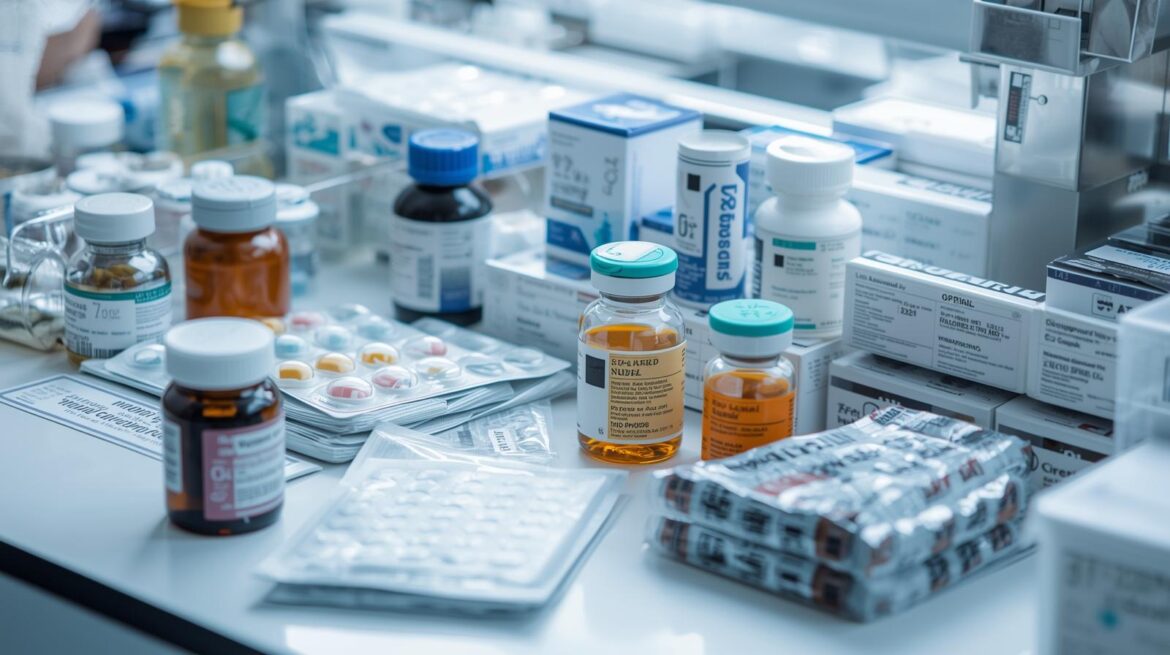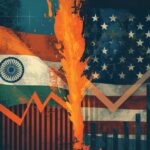US President Donald Trump’s move to impose a 100 per cent tariff on imported branded and patented pharmaceuticals from October 1 has sent ripples through India’s pharmaceutical sector, which depends heavily on the American market for revenues. While low-cost generics may escape the direct line of fire, uncertainty over the status of branded generics has left exporters anxious.
India exported $9.8 billion worth of drugs to the United States in FY2025, making up nearly 40 per cent of its total pharma exports, according to the Global Trade Research Initiative (GTRI). “India’s most pharma exports to the US may escape tariffs, but branded generics face uncertainty. We must wait for US legal documents to confirm how these will be treated,” said Ajay Srivastava, Co-founder of GTRI.
Generics Cushion, But Branded Generics Risk
India’s shipments to the US are dominated by generics — tablets, capsules, injectables, antibiotics, anti-diabetics and cardiovascular drugs — largely off-patent formulations. These account for over 45 per cent of generics consumed in the US, making Indian firms indispensable to America’s healthcare system.
But the grey zone lies in branded generics — generic molecules sold under brand names like Crocin. “If Washington treats branded generics as branded imports, they could face 100 per cent tariffs despite being off-patent. That would hit several Indian companies supplying these products,” Srivastava said.
Industry insiders note that US trade law often lumps branded generics with patented drugs, which would mean India’s exposure is minimal. Still, until clarifications come, exporters remain cautious.
Who Stands Exposed
Top Indian firms — Zydus Lifesciences, Dr Reddy’s, Sun Pharma, Cipla, Lupin, Aurobindo, Hetero, and Gland Pharma — together supply nearly 70 per cent of India’s exports to the US. For these companies, the American market contributes between 30 per cent and 50 per cent of overall revenues. Any tariff hit on branded generics could squeeze margins in an industry already operating on wafer-thin profitability.
“Indian exporters cannot easily absorb a 100 per cent tariff. Costs will have to be passed on to American buyers, raising prices for US consumers and insurers,” said a Mumbai-based pharma consultant.
Europe Bears Brunt, India Watches
While India waits for clarity, European exporters such as Ireland, Switzerland, and Germany — who dominate branded and patented drugs — face the steepest impact. US imports from these countries topped $86 billion in 2024, compared to India’s $12.7 billion. Several European drug giants have already announced $350 billion in new US investments to localize production.
For India, the immediate fallout may be limited. “If generics remain untouched, India is safe for now. But if branded generics are pulled in, India’s pharma exporters could face disruption,” Srivastava said.
Policy Alarm Bells
Beyond tariffs, industry experts warn the larger risk is policy unpredictability. Trump has already slapped 50 per cent tariffs on Indian imports and a 25 per cent penalty tariff tied to Russian oil purchases. Pharma exporters fear they may be forced to hedge by building US plants or diversifying markets.
“India’s pharma industry thrives on regulatory certainty. Tariff shocks like this heighten risks and could reshape investment decisions,” said an executive at a leading Indian drugmaker.






